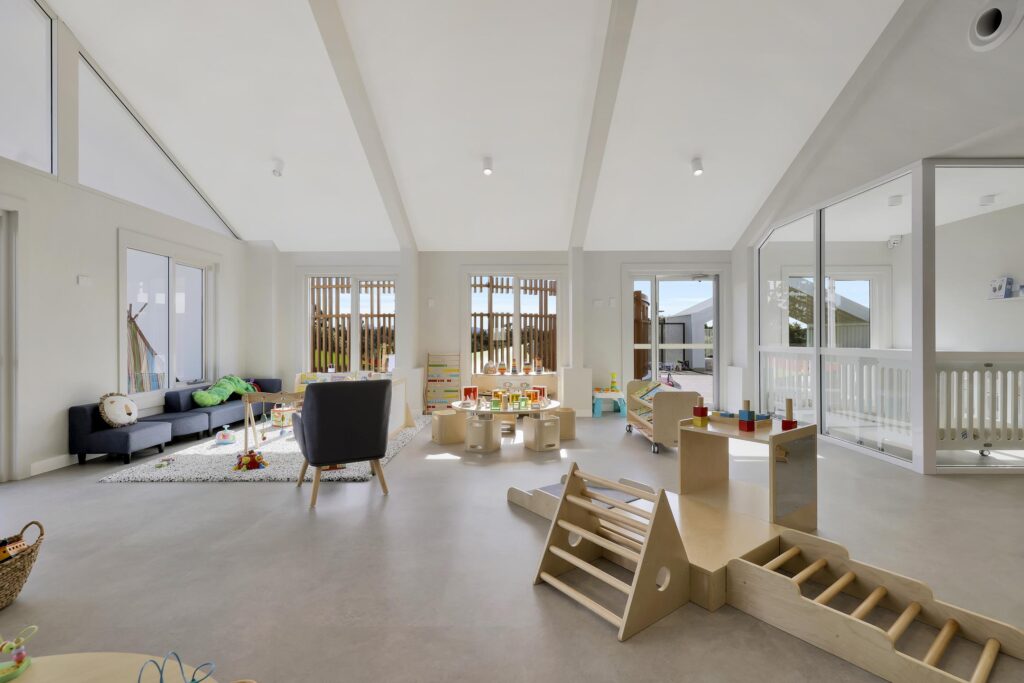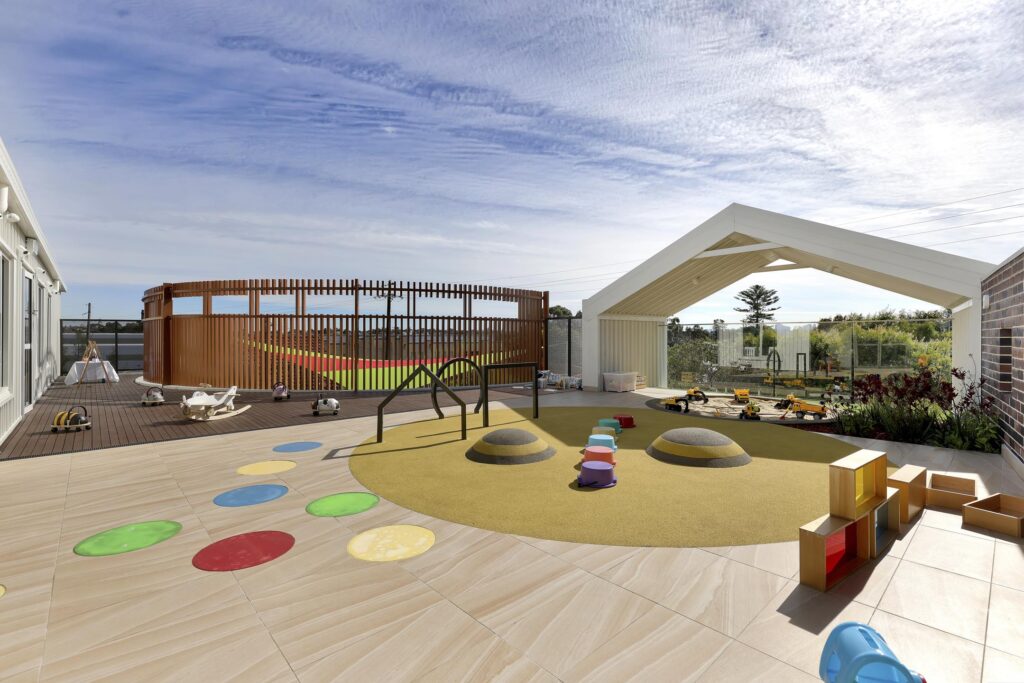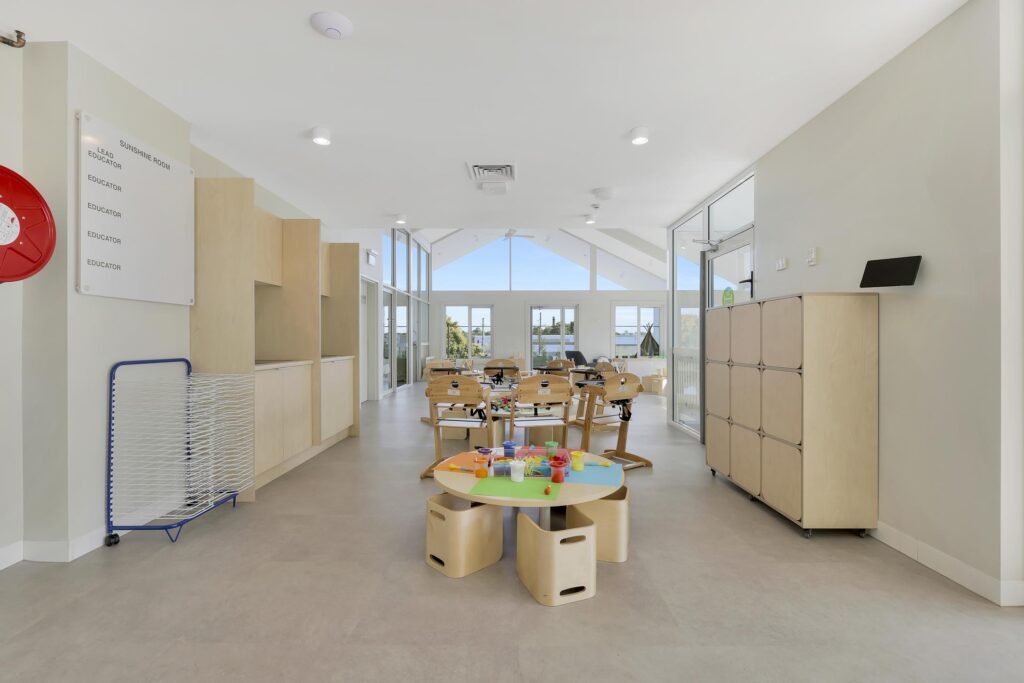Early education is critical to a child’s development and sets the foundation for their future academic and personal success. To create effective learning environments, it is essential to consider unique designs that promote engagement, creativity, and learning. In this blog post, we will explore the importance of unique designs for early education and provide some ideas for creating innovative learning spaces.
Why Unique Designs are Important in Early Education
Unique designs in early education provide a stimulating environment that encourages children to learn and explore. Traditional classroom designs can be dull and uninspiring, leading to disengagement and boredom. On the other hand, unique designs can provide a sense of excitement and wonder, motivating children to actively participate in their learning experiences.
Additionally, unique designs can support different learning styles and abilities. Children learn differently, and a one-size-fits-all approach to classroom design may not be effective for all students. By incorporating unique designs, teachers can create learning environments that accommodate a variety of learning styles and abilities, leading to more engaged and successful students.

Ideas for Unique Designs in Early Education
- Flexible Learning Spaces: One of the most significant benefits of unique designs in early education is flexibility. Classroom spaces can be designed to accommodate different activities and learning styles. For example, movable furniture and partitions can create spaces for small group activities, independent work, and large group instruction.
- Nature-Inspired Design: Studies have shown that connecting with nature can improve cognitive functioning and reduce stress levels. Natural elements such as plants, water features, and natural light can be incorporated into classroom designs to create a calming and stimulating environment for young learners.
- Multi-Sensory Experiences: Young children learn best through hands-on, interactive experiences that engage all of their senses. Classroom designs can incorporate a variety of sensory experiences, such as interactive displays, sensory tables, and manipulatives.
- Technology Integration: Technology is an integral part of modern society, and early education should reflect this reality. Interactive whiteboards, tablets, and other devices can be integrated into classroom designs to create interactive learning experiences.
- Play-Based Learning: Play is essential for young children’s development, and classroom designs should reflect this. Incorporating play-based learning areas such as dramatic play centers, block areas, and sensory tables can create a fun and engaging environment for young learners.

In conclusion, unique designs in early education can provide a stimulating and engaging learning environment for young learners. By incorporating flexible learning spaces, nature-inspired design, multi-sensory experiences, technology integration, and play-based learning, teachers can create innovative learning spaces that support different learning styles and abilities. Creating unique designs in early education can foster creativity, imagination, and a lifelong love of learning.

